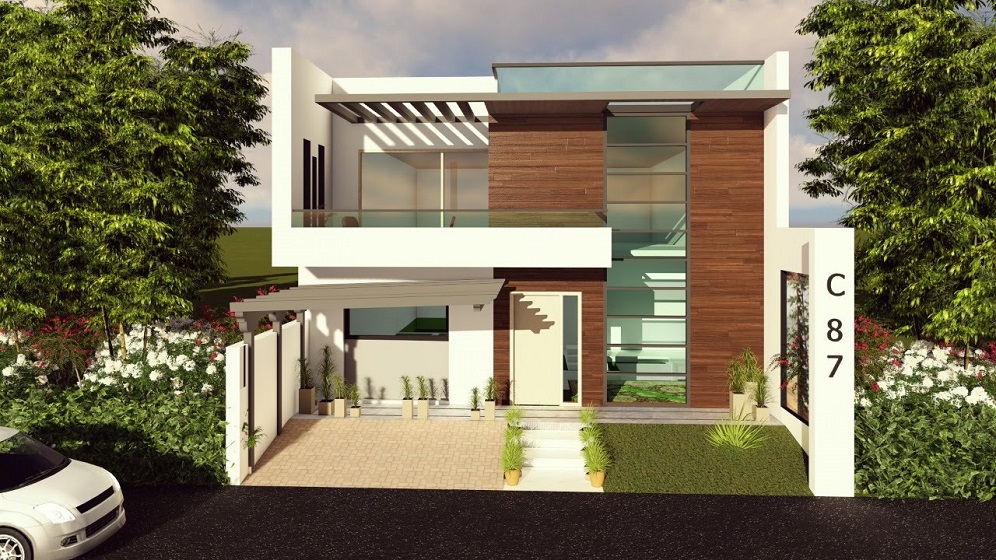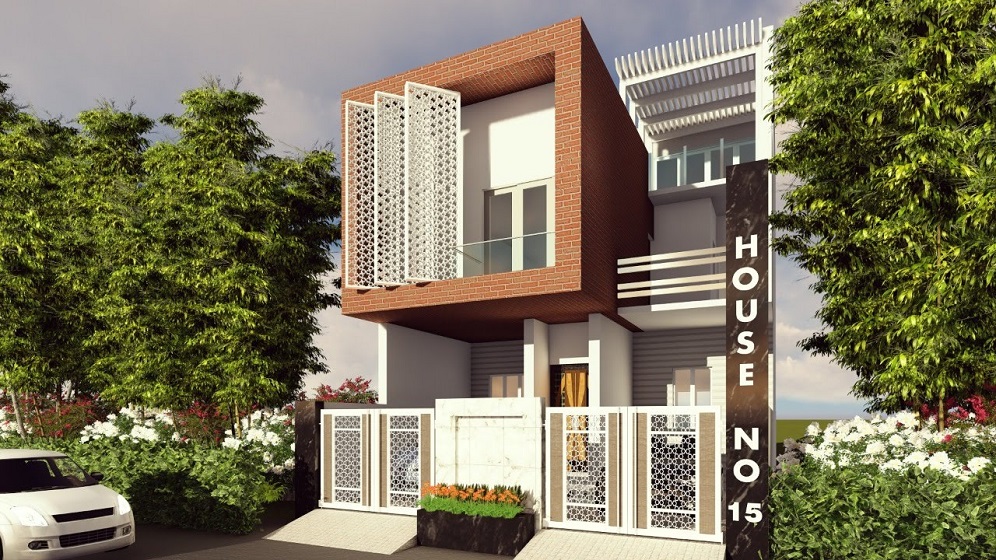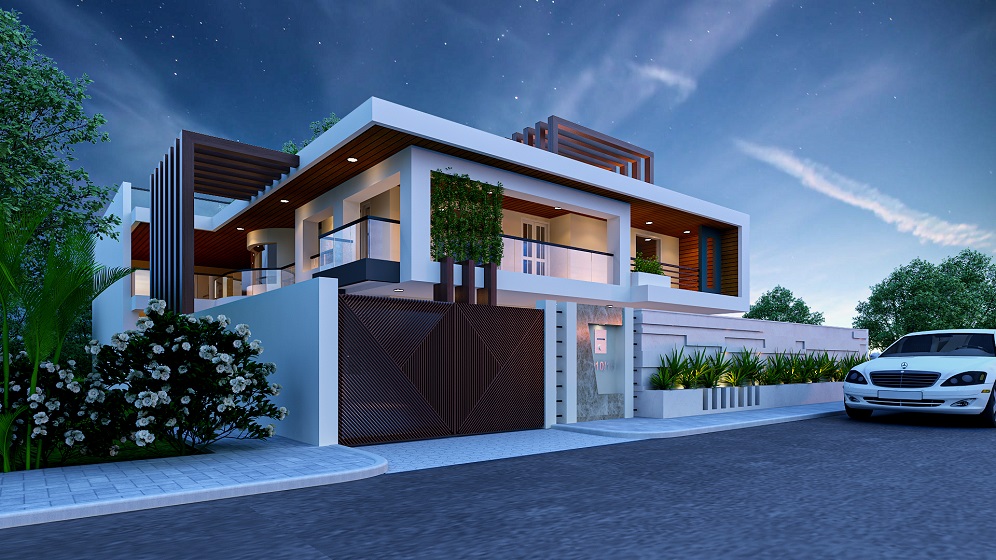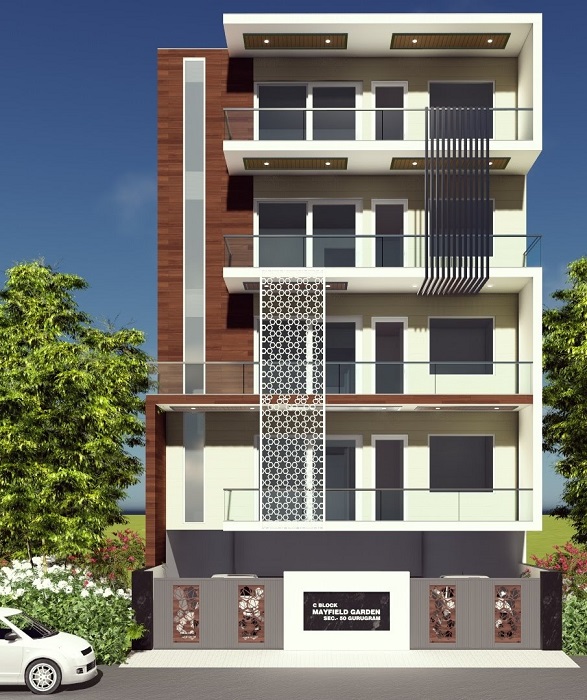Evolution in construction techniques
Text: Ar. Ritin Gulati, Ritin Gulati and Associates, Gurgaon
Since the beginnings of civilization, human beings have needed to discover how structures can be built, such as the pyramids of Egypt. Even today, architects and designers are constantly challenged to build structures such as the Empire State Building. Though it is convenient to use tried-and-tested techniques, the architect, designer and builder community must upgrade themselves with new construct methods.
We must ensure that the impeding structure is table even before its commencement, yet be aesthetically appealing. The façade is primarily dependent on the client’s requirements, where the design elements must be aligned with the basic plan.
Sustainability has emerged as a rising issue as well, and there is a renewed focus on water conservation during construction. Bricks bonded by cement mortar saves water, as compared to the traditional method of curing. Autoclaved Aerated Concrete (AAC) blocks with waterproof chemical pasting cuts down up to 60 per cent to 70 per cent of water, as Plaster of Paris can be applied directly without prior plastering. We have incorporated this technique in the South City 2 Residence, where AAC blocks were used for fast-paced construction. They offered better insulation compared to their traditional counterparts, which kept the interiors cool and comfortable. The brick sizes are smaller and are lightweight, which reduces dead load and construction costs. Furthermore, they are cost-efficient, time-saving, long-lasting and render a superior feel.
Houses degrade over time as pipes corrodes and hinges, but homeowners cannot change their plumbing and wiring every five years. A decade ago, PVC pipes were traditionally embedded into the walls. There was no way to track the location of damage if a pipe burst, which cost time, money and extensive repair. Today, PAX pipes don’t have joints, which minimize the chances of leakage. Thus, imparts longevity, water conservation and utility.
Therefore, the AAC industry must acknowledge the dynamics in the construction industry and adapt accordingly.











